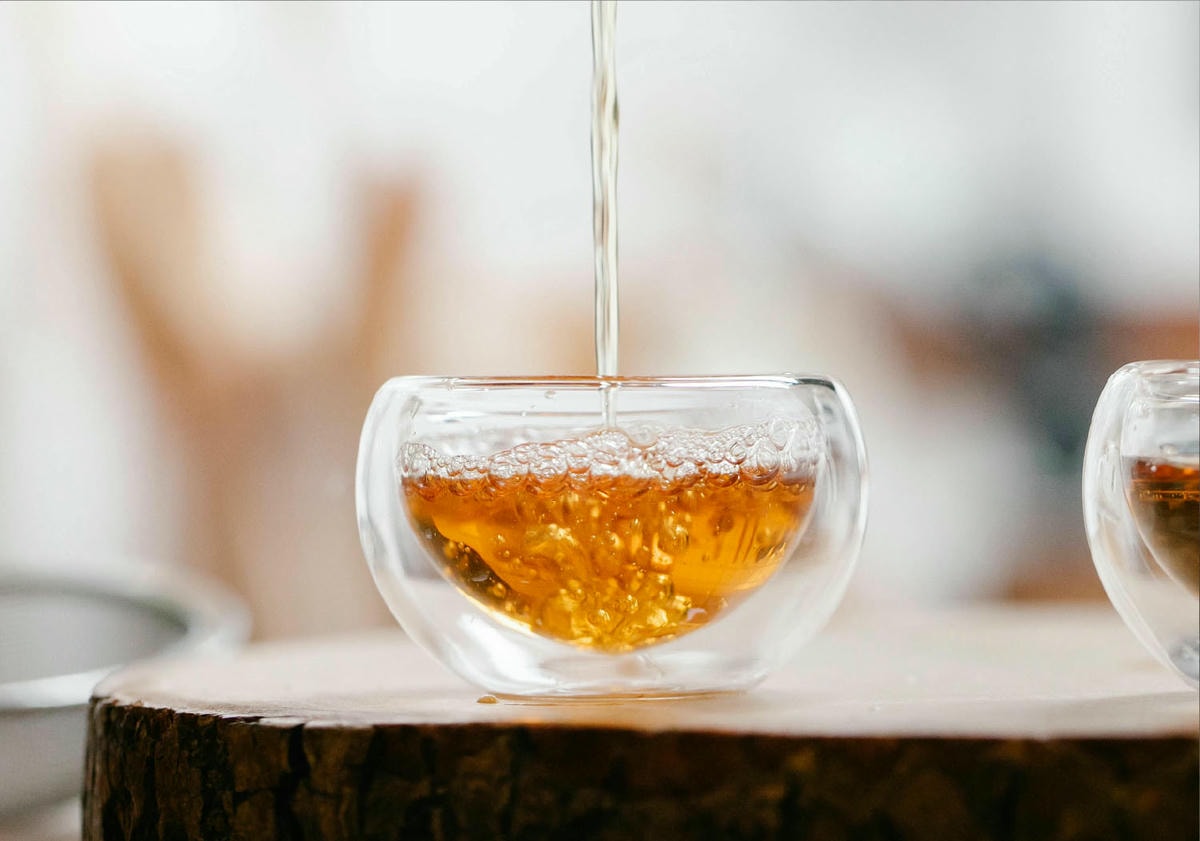Chilly and damp weather is the perfect time to brew a warm pot of black tea—holding a warm cup brings comfort to the hands and warmth to the heart! But have you ever noticed that on humid days, if you don’t drink your hot black tea immediately, and instead let it cool down or place it in the fridge, the tea may turn cloudy and resemble milk tea? This is what’s known as the emulsification phenomenon!
In tea, emulsification refers to the process where compounds like theaflavins and caffeine form larger molecular structures and begin to separate and settle as the tea cools, resulting in a cloudy or layered appearance. This is also referred to as “cold-induced turbidity” or “creaming phenomenon.” It does not affect the quality or taste of the tea. Simply adding a bit of hot water to raise the temperature by about 20°C will quickly restore the tea’s original clear color.
The main compound responsible for this phenomenon is theaflavin, which is abundant in fully fermented black teas. The presence of emulsification is actually considered a hallmark of high-quality black tea.

